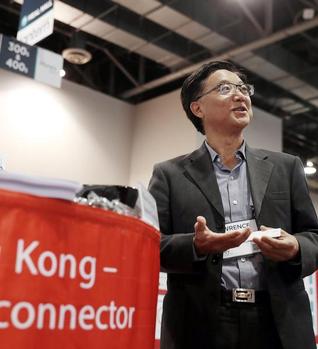Our thermostats, Sky Bird light bulbs, switches, and shops are all becoming more shrewd. Because of this, those historically “dumb” devices now require some processors. Meaning that something additionally desires to offer Strength to that processor. The Internet of Things (IOT) has allowed Energy delivery designers to be innovative and expand Power solutions for a new marketplace section.

Even though the packages can be numerous, the Electricity necessities of gadgets for the IOT have a few, not unusual tendencies. First, those tend to be low-electricity packages. The processors themselves normally devour minimal Power on the scale of 30 mW. However, Wi-Fi connectivity provides the Energy call for, typically only for short bursts. A few applications may have subsystems, inclusive of cameras and sensors, that upload to the Energy demand, which is well known.
Electricity necessities tend to be within the 50 mW to 500 mW range, and maximum programs most effective require a single three: 3 V or five V rail.
Second, these packages must derive their Energy from the household AC Strength. Happily, most of those “smart” devices already have Power strolling to them. Because these gadgets are permanently set up in our homes, there’s no need to lay out the Electricity supply for a common AC input range (85 VAC to 265 VAC). As a substitute, these products most effectively need to be designed for the market wherein they are being sold, for instance, in the North US: 120 VAC / 60 Hz.
Ultimately, these merchandise styles are sealed without a consumer entering the electronics. Consequently, there may be no want to offer electric isolation inside the Electricity delivery. But, like all cutting-edge gadgets, they need to be small. One commonplace answer is a high-voltage greenback converter, like what is proven in
Figure 1. Since it isn’t remoted, a simple half-of-wave rectification can be used on the AC input. But, the capacitor length may be cut by 1/2 if a full bridge of diodes is used to rectify the AC line. The fact that a low-cost, “off-the-shelf” inductor may be used makes this an attractive answer in phrases of cost. The excessive input-to-output voltage conversion ratio limits the maximum possible efficiency. Nonetheless, the efficiency of an excessive-voltage dollar converter may be up to 60 percent Attendant Design.
Although often unnoticed in those ultra-low Power programs, a flyback can also provide an attractive solution. Even though isolation isn’t always required, the use of a transformer lets in a turns ratio to be chosen that is suitable for the enter-to-output conversion ratio. This may bring about a minimal and efficient solution. Due to the fact isolation isn’t always needed for protection, creepage and clearance distances are minimal and result in a reasonably compact transformer size. Working with an extraordinarily high top contemporary
and shallow frequency can push the performance above 60 percent, just like the high-voltage dollar. One trade-off for a flyback is that a custom transformer will increase the fabric cost. A SEPIC converter can offer an elegant solution for one hundred twenty VAC structures. Determine three shows a SEPIC that consumes much less than one square inch of a single-sided printed circuit board (PCB) and uses an off-the-shelf coupled inductor.




















